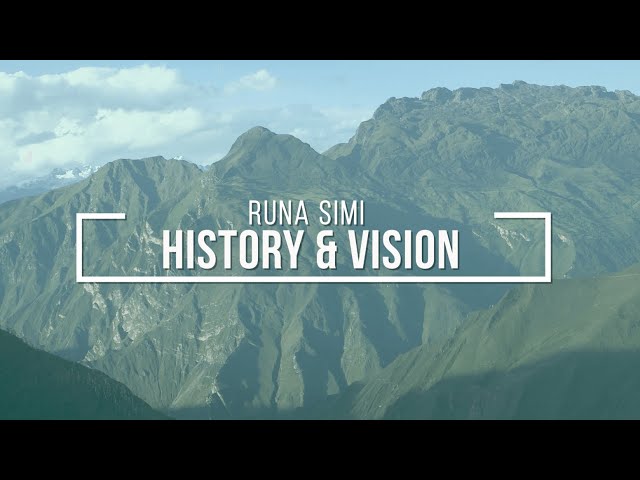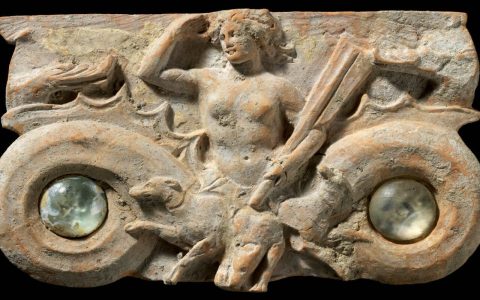So today I decided to dive into this language called Runa Simi. Honestly, I stumbled across the name while scrolling through some linguistics forums late last night. The phrase just grabbed me – "Runa Simi"? Sounded mysterious. Figured I should figure out what it was actually about.
What the Heck is Runa Simi Anyway?
First step? Hit up the internet, obviously. Typed "Runa Simi meaning" into the search bar. Took a bit of clicking around, but found out pretty quick: Runa Simi is just another name for Quechua. Mind blown! I always knew about Quechua vaguely – something about the Andes Mountains. But I never knew its native name translated literally to "person's mouth" or "human speech"! Runa = Person, Simi = Mouth/Speech. Made total sense suddenly. That simple fact hooked me.
Deeper Down the Rabbit Hole
Okay, so it was Quechua. What next? I needed more than just the name. Started reading articles, skipping the academic jargon and looking for the interesting bits anyone could understand. Here’s what stuck with me after digging around for like an hour:

- It’s HUGE. Seriously, I had no clue. Turns out this isn't some tiny tribal dialect. Millions of people speak it across Peru, Bolivia, Ecuador, Colombia, Argentina, and Chile. One of the biggest indigenous languages in the Americas. That surprised me big time.
- Inca Connection. Found out this was basically the official language of the Inca Empire. Imagining rulers using it centuries ago? Cool. Really drives home how old and important this language is.
- Sticky Words. The grammar seemed wild. Instead of lots of separate words, it loves adding suffixes onto root words to change meaning. Like, building one long word to express a whole sentence idea. Totally different brain workout compared to English.
- Still Kicking. Great news! It’s not a dead language locked in history books. People use it daily! Saw articles about radio stations broadcasting in Quechua, local governments using it, even some grassroots movies and music. It’s alive and evolving, which is awesome.
My Big Takeaway
This whole deep dive started with a weird name and ended with me feeling pretty humbled. I thought Quechua was just some "ancient Inca thing," but it's actually a thriving, vibrant language with deep roots and millions of speakers right now. That "human speech" name feels perfect – it’s truly the voice of real people across generations. Makes you think about how rich and diverse human language really is. Total respect to the Runa Simi speakers keeping it alive!











